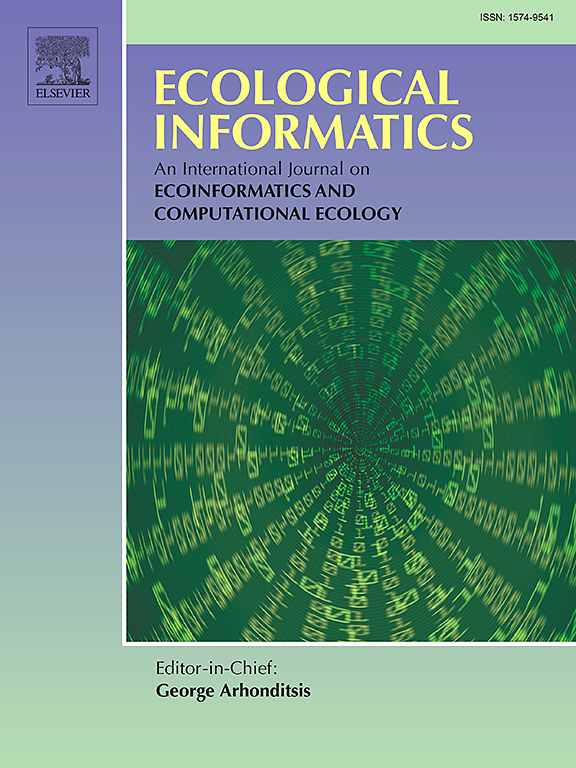通过地理空间建模预测潜在的生物量生产:地中海地区柑橘案例研究
IF 7.3
2区 环境科学与生态学
Q1 ECOLOGY
引用次数: 0
摘要
农业生产和加工过程中产生的残余生物质,如柑橘果肉和橄榄渣,是能源生产的重要资源。目前的生物质估算通常侧重于实际生产数据,这可能无法完全反映所有适宜种植区的生物质潜力。为了弥补这一差距,本研究考虑到适合柑橘种植的总面积,预测了可用于能源生产的潜在生物质总量。研究重点是意大利西西里岛锡拉库萨省的柑橘品种。该方法结合了用于数据插值和地图叠加的地理信息系统(GIS)工具,以及用于局部模拟的辅助生境建模软件(SAHM)。研究结果突显了 47 706 公顷的柑橘种植潜力,估计可产生 184 340 吨生物质、16 461 520.82 立方米沼气和 8110 吨沼渣。研究结果确定了提高生物质产量和优化沼渣分布的潜在区域,从而证明了这些专题地图作为土地管理决策支持工具的实用性。这项研究采用的模拟和方法表明,可持续副产品管理可带来潜在的经济和环境效益。这种方法有助于优化土地规划的决策过程,从而为提高农业生产和加工部门的资源效率和可持续性这一更广泛的目标做出贡献。本文章由计算机程序翻译,如有差异,请以英文原文为准。

Predicting potential biomass production by geospatial modelling: The case study of citrus in a Mediterranean area
Residual biomass from agricultural production and processing, such as citrus pulp and olive pomace, is an important resource for energy production. In particular, this is the case in regions where transformation industries are concentrated.
Current biomass estimates often focus on actual production data, that may not fully capture the biomass potential across all suitable cultivation areas. To bridge this gap, the study predicts the overall potential biomass available for energy production, taking into account the total area suitable for citrus cultivation.
The research is focused on the study of citrus species in the province of Syracuse, Sicily, Italy. The methodology combines Geographic Information System (GIS) tools, for data interpolation and map overlays, with Software for Assisted Habitat Modelling (SAHM) for local level simulations.
The results of the different models showed accurate and spatially coherent predictions, with AUC values ranging from 0.85 to 0.90, and highest potentialities in the northern and eastern regions of the study area. The results highlighted potential citrus cultivation on 47,706 ha and estimated 184,340 t of biomass, 16,461,520.82 Nm3 of biogas, and 8110 t of digestate. The results of the study identified potential areas for both increasing biomass production and optimising the distribution of digestate, thus demonstrating the utility of these thematic maps as a decision support tool for land management. The simulations and the methodology applied in this study indicated potential economic and environmental benefits to be gained from sustainable by-product management. This approach facilitates the optimisation of decision-making processes for land planning, thereby contributing to the broader objective of improving resource efficiency and sustainability in the agricultural production and processing sectors.
求助全文
通过发布文献求助,成功后即可免费获取论文全文。
去求助
来源期刊

Ecological Informatics
环境科学-生态学
CiteScore
8.30
自引率
11.80%
发文量
346
审稿时长
46 days
期刊介绍:
The journal Ecological Informatics is devoted to the publication of high quality, peer-reviewed articles on all aspects of computational ecology, data science and biogeography. The scope of the journal takes into account the data-intensive nature of ecology, the growing capacity of information technology to access, harness and leverage complex data as well as the critical need for informing sustainable management in view of global environmental and climate change.
The nature of the journal is interdisciplinary at the crossover between ecology and informatics. It focuses on novel concepts and techniques for image- and genome-based monitoring and interpretation, sensor- and multimedia-based data acquisition, internet-based data archiving and sharing, data assimilation, modelling and prediction of ecological data.
 求助内容:
求助内容: 应助结果提醒方式:
应助结果提醒方式:


